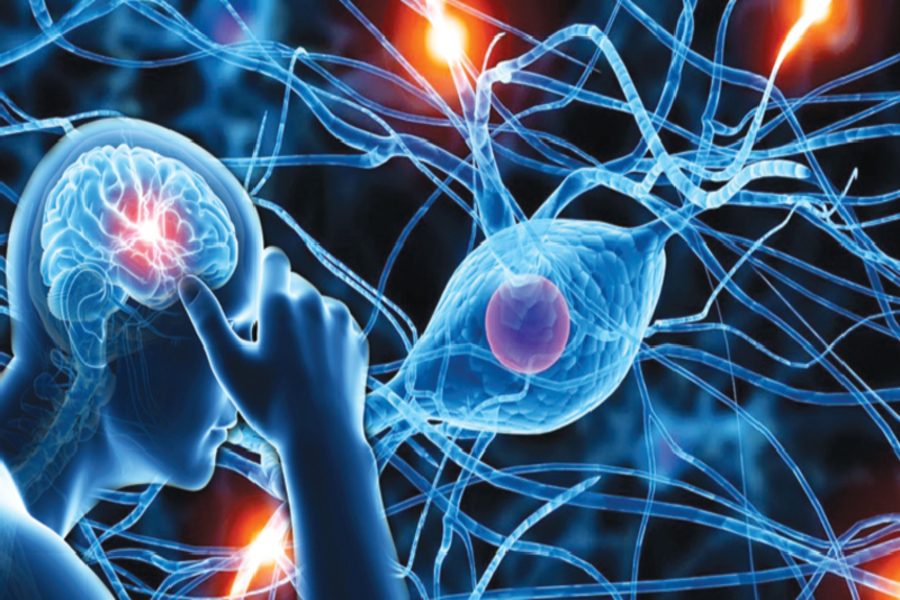A brain stroke, often referred to as a “silent killer,” is a serious medical condition that can have devastating effects on an individual’s health and well-being. With millions of people affected each year, it’s important to understand the causes, symptoms, and preventive measures associated with this condition. So, let’s understand brain strokes, shedding light on what they are, how they occur, and what steps you can take to reduce your risk.
How can brain strokes occur?
A brain stroke, often referred to as a cerebrovascular accident (CVA), happens when the brain’s blood flow is suddenly disrupted. This disruption can cause brain cell death or injury, which can cause a variety of cognitive and physical problems.
Types of brain strokes
Ischemic and hemorrhagic brain strokes are the two main types:
Ischemic Stroke: Ischemic strokes take place when a blood clot or plaque accumulation restricts or obstructs a blood artery supplying the brain. It is responsible for around 80% of strokes.
Hemorrhagic Stroke: When a blood artery in the brain bursts, it causes bleeding into the nearby tissue, resulting in a hemorrhagic stroke. Although less frequent, this kind is usually more severe.
Some common causes and risk factors
- Brain stroke is caused by numbers of reasons, including:
- High-blood pressure or hypertension
- High-level of cholesterol
- Diabetes
- Smoking
- Obesity
- Sedentary kind of lifestyle
- Excessive consumption of alcohol
- Family history of strokes
- Age (risk increases with age)
- Certain medical conditions (heart disease, atrial fibrillation)
Recognizing Symptoms:
The symptoms of a brain stroke can vary depending on the type and location of the stroke. Common symptoms include sudden:
- Numbness or weakness in the face, arm, or leg (usually on one side of the body)
- Confusion, trouble speaking, or difficulty understanding speech
- Trouble walking, dizziness, loss of balance, or coordination
- Severe headache with no apparent cause
Remember the acronym FAST to identify and respond to stroke symptoms quickly:
F: Face drooping
A: Arm weakness
S: Speech difficulties
T: Time to call emergency services
Prevention and Lifestyle Changes:
While some risk factors for brain strokes cannot be controlled (such as age and family history), there are several steps you can take to lower your risk:
- Maintain a healthy diet rich in fruits, vegetables, whole grains, and lean proteins
- Engage in regular physical activity
- Manage chronic conditions like hypertension, diabetes, and high cholesterol
- Avoid smoking and limit alcohol consumption
- Monitor your weight and maintain a healthy BMI
- Manage stress through relaxation techniques and hobbies
- Stays hydrated and consume adequate fluids
Brain strokes are a serious health issue that calls for education, early detection, and prompt medical attention. You can dramatically lower your risk of having a brain stroke by being aware of the risk factors, identifying the symptoms, and establishing a healthy lifestyle. Set your health as a top priority and take the essential precautions to protect your brain’s health for a better and more productive future. You can also buy some health insurance for the treatment of brain stroke, so that it cuts out the expenses.



